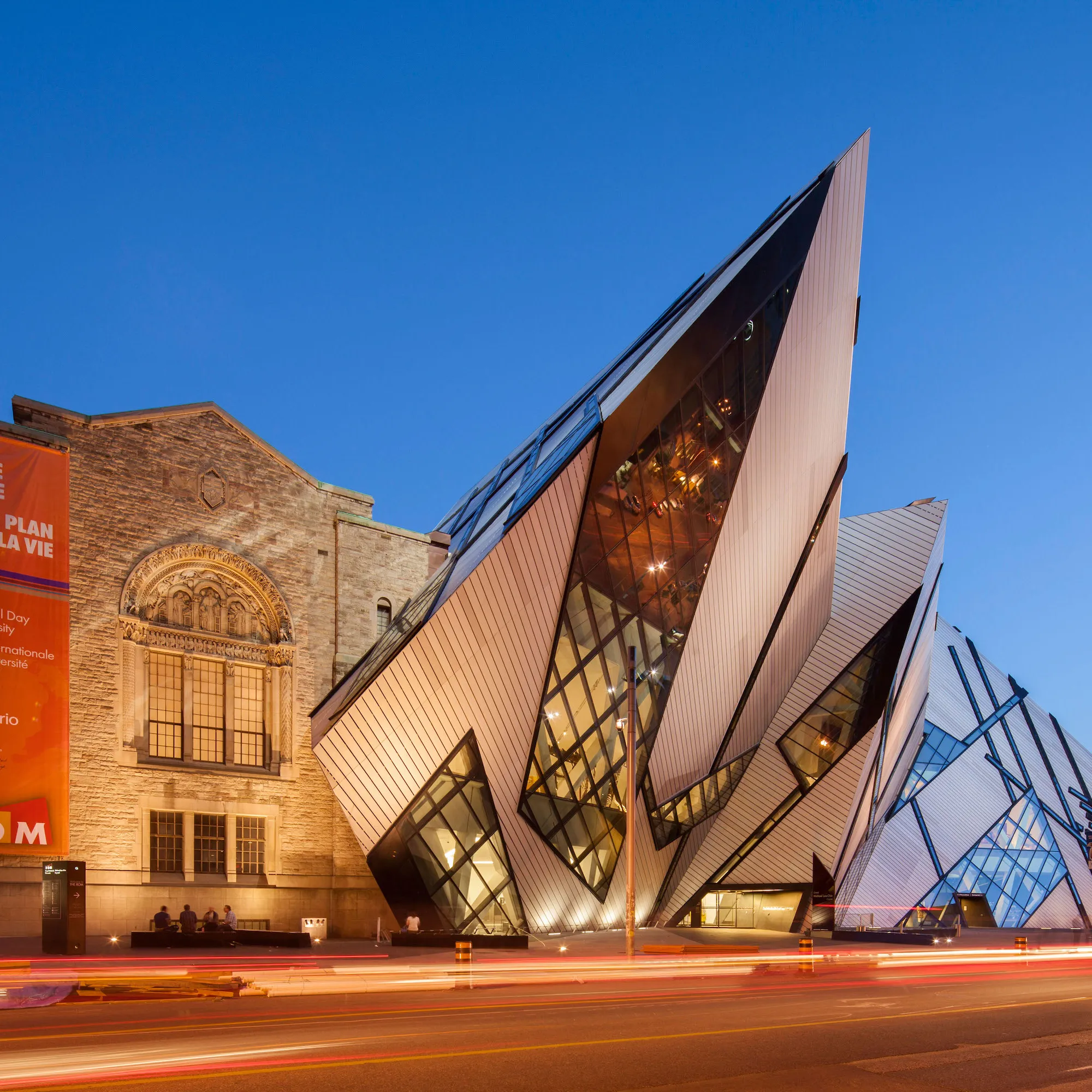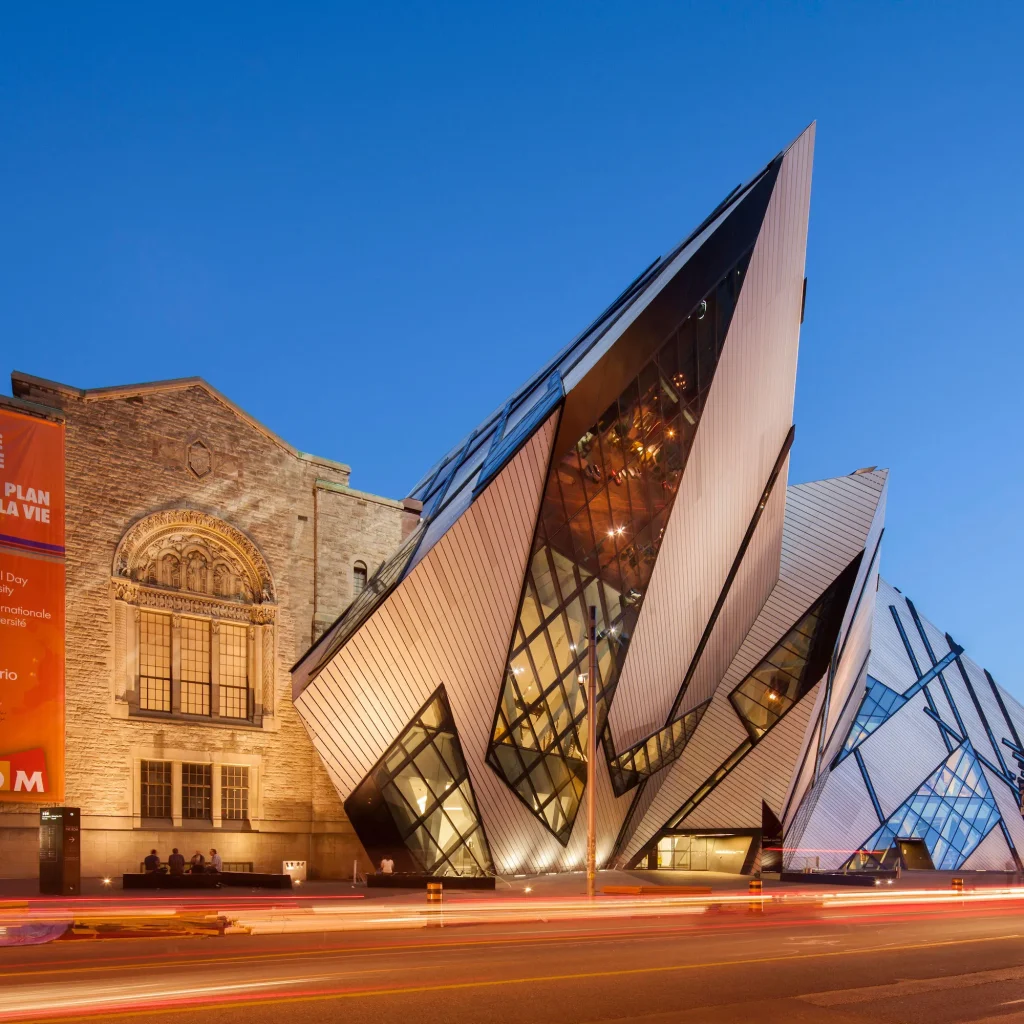
Adaptive Reuse: Transforming Old Buildings into Modern Marvels
In the ever-evolving world of architecture and urban development, the concept of adaptive reuse has gained significant traction. Adaptive reuse involves the transformation of old, disused structures into vibrant, functional spaces that meet the demands of contemporary living while preserving the historical and cultural value of the original building. This sustainable and creative approach not only breathes new life into neglected structures but also contributes to a more sustainable future. In this blog post, we will explore the fascinating world of adaptive reuse and showcase some inspiring examples of old buildings turned into modern marvels.
The Rationale Behind Adaptive Reuse
Adaptive reuse is driven by several compelling reasons, each with its unique advantages:
- Preservation of Heritage: Historical buildings often hold significant cultural and architectural value. Adaptive reuse allows us to protect and celebrate our architectural heritage, preserving the past for future generations to appreciate.
- Sustainability: Demolishing old buildings and constructing new ones consumes valuable resources and generates substantial waste. Adaptive reuse is a sustainable alternative that reduces the carbon footprint associated with construction and promotes eco-friendly practices.
- Economic Benefits: Repurposing existing structures can be more cost-effective than building from scratch. It often involves lower construction costs, shorter timelines, and potential tax incentives, making it an attractive option for developers.
- Community Revitalization: Transforming old, derelict buildings can revitalize neighborhoods and bring new life to previously neglected areas. Adaptive reuse projects often become cultural hubs, drawing in visitors and stimulating local economies.
- Creative Design Opportunities: Old buildings come with unique architectural features and character that can be incorporated into innovative, contemporary designs. These contrasts create a rich tapestry of history and modernity.
Inspiring Examples of Adaptive Reuse
- The High Line, New York City: The High Line is a prime example of adaptive reuse on an urban scale. What was once an abandoned elevated railway track has been transformed into a lush, linear park. It not only preserves the industrial history of the area but also provides a green oasis in the heart of Manhattan.
- Tate Modern, London: The Tate Modern art museum occupies a former power station. The imposing industrial structure now showcases modern and contemporary art while maintaining its iconic chimney stacks, a symbol of the building’s past life.
- The 606, Chicago: Chicago’s 606 is an elevated park and trail system built on a former railway line. It seamlessly blends green space, recreation areas, and bike trails into the cityscape, serving as both a transportation corridor and a communal gathering spot.
- The Icehouse, Phoenix: The Icehouse is a historic ice factory in Phoenix, Arizona, transformed into a multi-purpose cultural space. It now hosts art exhibitions, performances, and community events, all while retaining the building’s industrial charm.
- Waterfront Warehouse, Copenhagen: Copenhagen’s waterfront warehouses have been converted into contemporary apartments and offices. The adaptive reuse project respects the history of the buildings while providing modern amenities and stunning views of the harbor.
Challenges and Considerations
While adaptive reuse offers numerous benefits, it also comes with its fair share of challenges and considerations. These may include:
- Structural Integrity: Old buildings may require extensive renovations to meet safety and structural standards. This can be costly and time-consuming.
- Zoning and Regulations: Navigating zoning laws and building codes can be complex when repurposing old structures for new uses.
- Sustainability: Achieving sustainability goals in adaptive reuse projects can be challenging, especially when dealing with energy efficiency and environmental concerns.
- Financing: Securing financing for adaptive reuse projects can be more difficult than for new construction, as lenders may perceive them as riskier investments.
Conclusion
Adaptive reuse is a powerful tool in the pursuit of sustainable and culturally rich urban development. By breathing new life into old buildings, we preserve our architectural heritage, reduce our environmental impact, and revitalize communities. These inspiring examples demonstrate that with creativity, careful planning, and a commitment to preserving the past, we can create modern marvels that bridge the gap between history and the future. As cities continue to evolve, adaptive reuse will play an increasingly vital role in shaping our urban landscapes.






